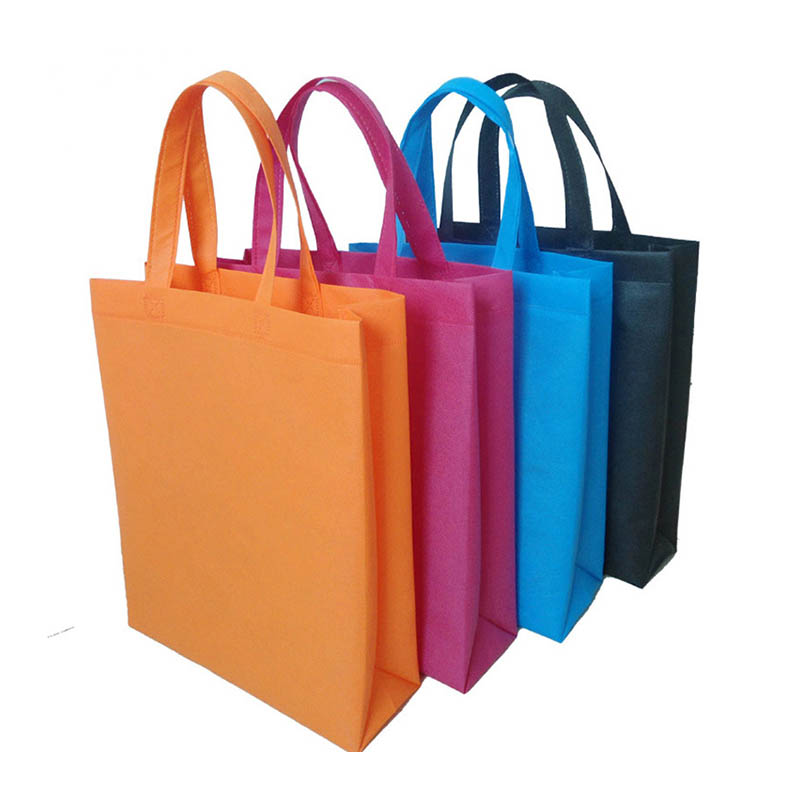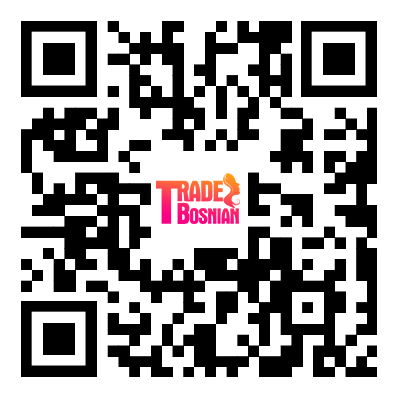Properties of RPET Nonwoven Fabric
2024-05-21
RPET nonwoven fabric, also known as recycled PET nonwoven fabric, is a type of fabric made from recycled polyethylene terephthalate (PET) materials. PET is commonly used in the production of plastic bottles, containers, and packaging. RPET nonwoven fabric is manufactured by collecting post-consumer PET bottles, processing them into polyester fibers, and then transforming these fibers into nonwoven fabric through various mechanical or chemical processes. Here's an overview of RPET nonwoven fabric, including its properties, uses, and environmental benefits:
Properties of RPET Nonwoven Fabric:
1. Strength and Durability:
- RPET nonwoven fabric exhibits good tensile strength and durability, making it suitable for various applications requiring robust materials.
2. Softness:
- Depending on the manufacturing process and fiber composition, RPET nonwoven fabric can have a soft and smooth texture, suitable for applications requiring comfort.
3. Breathability:
- Nonwoven fabrics inherently have good breathability, allowing air and moisture vapor to pass through, making them suitable for applications where breathability is desired.
4. Water Resistance:
- RPET nonwoven fabric can be treated to enhance its water resistance, making it suitable for applications requiring protection from moisture.
5. Chemical Resistance:
- PET fibers are resistant to many chemicals, making RPET nonwoven fabric suitable for applications requiring resistance to certain chemicals and solvents.
6. Recyclability:
- As a recycled material, RPET nonwoven fabric is recyclable at the end of its life cycle, contributing to circular economy principles and reducing environmental impact.
Uses of RPET Nonwoven Fabric:
1. Bags and Totes:
- RPET nonwoven fabric is commonly used to manufacture reusable shopping bags, tote bags, and promotional bags due to its strength, durability, and eco-friendly properties.
2. Apparel and Accessories:
- Used in the production of clothing, fashion accessories, and footwear linings, offering a sustainable alternative to conventional textile materials.
3. Home Textiles:
- Utilized in the manufacturing of household textiles such as curtains, upholstery, bedding, and table linens, providing durability and eco-consciousness.
4. Hygiene Products:
- RPET nonwoven fabric can be found in hygiene products such as baby diapers, feminine hygiene products, and wet wipes, offering softness, breathability, and moisture control.
5. Filters and Insulation:
- Used in air and liquid filtration applications, as well as thermal and acoustic insulation, due to its filtration efficiency, strength, and insulating properties.
6. Automotive Interiors:
- Employed in automotive applications such as interior trim, upholstery, and carpeting, providing durability, abrasion resistance, and eco-friendly credentials.
7. Industrial and Agricultural:
- Utilized in industrial applications such as geotextiles, landscaping fabrics, and agricultural covers, offering strength, durability, and environmental sustainability.
Environmental Benefits of RPET Nonwoven Fabric:
1. Resource Conservation:
- RPET nonwoven fabric utilizes recycled PET materials, reducing the consumption of virgin resources and minimizing waste in landfills.
2. Energy Savings:
- Manufacturing RPET nonwoven fabric consumes less energy compared to producing virgin polyester fibers, contributing to energy conservation and greenhouse gas emissions reduction.
3. Waste Reduction:
- By recycling post-consumer PET bottles into nonwoven fabric, RPET helps divert plastic waste from landfills and oceans, mitigating environmental pollution.
4. Circular Economy:
- RPET nonwoven fabric supports circular economy principles by promoting the recycling and reuse of materials, closing the loop on resource consumption and waste generation.
5. Sustainability Credentials:
- Products made from RPET nonwoven fabric appeal to environmentally conscious consumers seeking sustainable and eco-friendly alternatives to conventional materials.
Considerations for RPET Nonwoven Fabric:
1. Quality and Performance:
- Ensure that RPET nonwoven fabric meets quality standards and performance requirements for its intended application, including strength, durability, and comfort.
2. Certifications and Standards:
- Look for certifications such as Global Recycled Standard (GRS) or OEKO-TEX Standard 100 to verify the eco-friendliness and safety of RPET nonwoven fabric.
3. End-of-Life Considerations:
- Encourage proper disposal and recycling of products made from RPET nonwoven fabric at the end of their life cycle to maximize environmental benefits and resource recovery.
4. Innovation and Research:
- Support ongoing innovation and research efforts in the development of new technologies and processes for manufacturing RPET nonwoven fabric, improving its properties and applications.
Conclusion:
RPET nonwoven fabric offers a sustainable and eco-friendly alternative to conventional textile materials, utilizing recycled PET materials to produce versatile and functional fabrics. With its strength, durability, softness, and environmental benefits, RPET nonwoven fabric finds applications across various industries, including fashion, home textiles, hygiene products, automotive, and industrial sectors. By choosing RPET nonwoven fabric, consumers and businesses can contribute to resource conservation, waste reduction, and the transition towards a more sustainable and circular economy.



